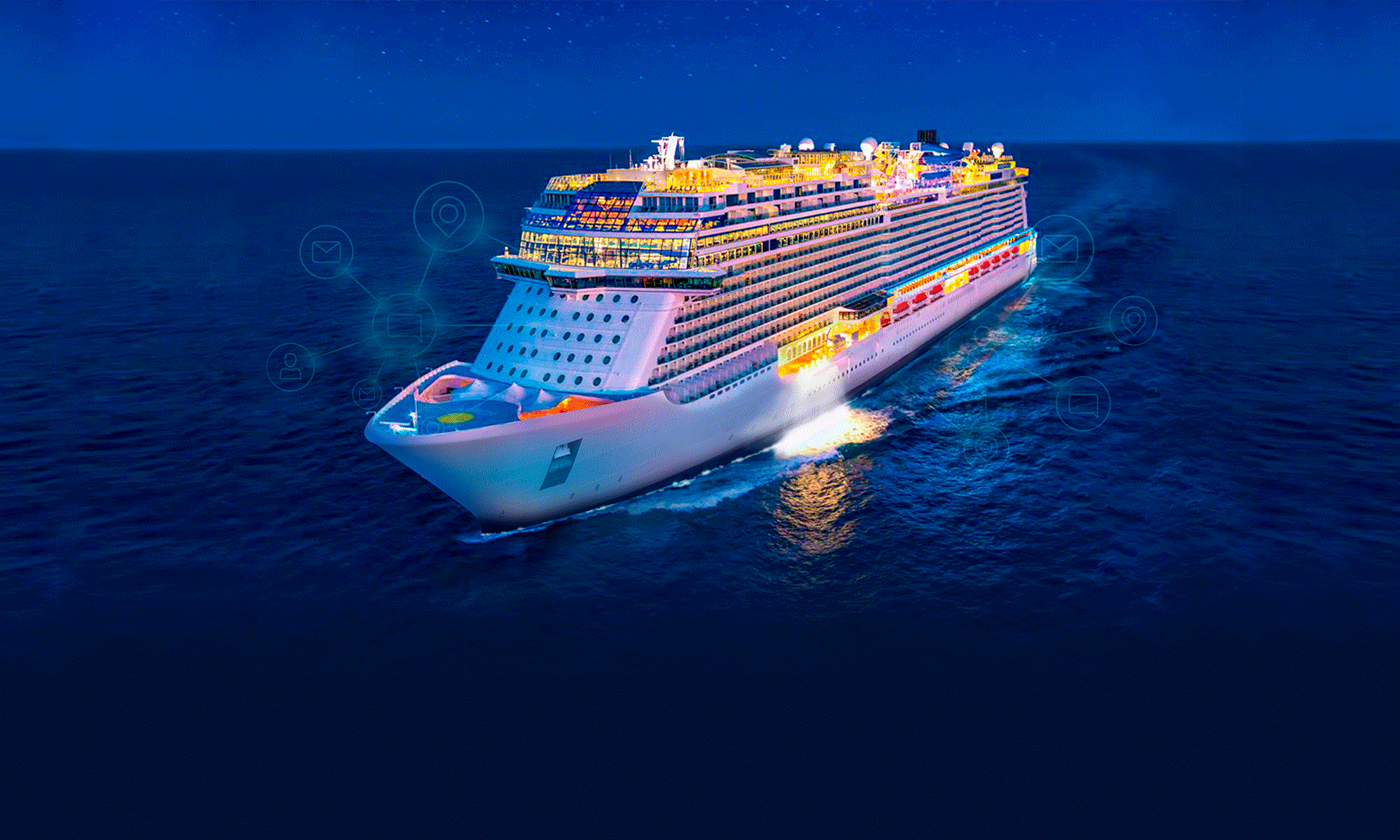The global travel industry is growing, and cruises are a significant part of its success. Although it started with small beginnings, with an annual growth rate of 5.4% since 2009, the cruise market has evolved dramatically. The cruise industry is predicted to reach up to $34.1billion by 2025, and market researchers are confident that China has the potential to take over the reins from the U.S to become the world’s largest cruise market.
A One-Second Peek into the Past
In 2019, the U.S led the global cruise market, and about 48% of cruise passengers worldwide were from the United States. The difference between the U.S and other countries that followed was so much that the U.S cruise market was four times bigger than Germany’s at second. U.K and China followed respectively in third and fourth place. Although the pandemic hit the cruise industry hard in 2020, the U.S continued taking the lead, and that is the situation at the time of this writing. But why is China (at fourth place) predicted to go straight to the top?
An Intentional Government
Many years ago, cruising in China meant getting on a fishing boat or serving in the military. Tourist-oriented cruising never became popular until the 1990s, when an influx of foreign tourists influenced the development of luxury river cruises. The world’s largest cruise line started operating in China in 2006, offering trips from Shanghai to Japan and South Korea. However, there were lots of challenges. The Chinese government knew that the country didn’t have the infrastructure for large cruise ships, and foreigners dominated the Chinese cruise industry.
The government saw the cruise industry’s potential to be a tremendous economic multiplier and, in 2008, issued guidelines for the development of the industry.
The efforts of the Chinese government paid off on Oct. 1, 2021, when the 930-passenger Zhao Shang Yidun, a cruise ship jointly operated by state-owned China Merchants Group and Viking Cruises Ltd., set sail on an eight-day trip from Shenzhen. The five-star luxury cruise ship’s first voyage results from the government’s 15-year consistent development of the cruise industry. The Chinese government is not stopping there. It plans to raise tourism revenue and build international cruise terminals.
Speaking to Xinhua, Arnold Donald, the CEO of Carnival Corp, explained that:
“China, someday, will be the largest cruise market in the world.”
He also added, “It’s in their five-year plan, so if cruising is in their five-year plan, they’re going to make it happen.”
Inspired People
Like the state, the public is also interested in cruise travel. There were 87,000 cruise passengers from China in 2011, but the growing interest meant an increased number in subsequent years. In 2018, the number had risen to 2.4 million, making China the leader of the Asia cruise market. China contributed over 70% of Asia’s 4.24 million cruise passengers with this number.
Part of the reason for the growing enthusiasm among the public is that international travel is a new experience for many Chinese, and cruising is an easy entry point. Also, many Chinese find the chance to explore the world as a group appealing. As a result, 50% of all Chinese travelers in 2018 were on group tours.
Although COVID-19 affected China’s cruise industry, it didn’t stop the desire for cruising. As soon as cruise ships resumed operation, tickets prices surged, and many people were ready to travel again.
Dominant Market Players
International market players are also part of the force behind China’s move to the top of the cruise market. Since they have seen the government’s deliberate actions to improve the economy by utilizing cruising, many cruise operators are creating a more substantial presence in the country.
In March 2019, Costa Cruises, an Italian cruise line, completed the acquisition of Costa Venezia, a cruise ship exclusively designed for the Chinese market. With a capacity of about 5,200 guests, 135,500 tons, and 323 meters in length, it became the largest ship the Italian cruise line introduced to the Chinese market.
About four months before Costa Cruises’ move, Carnival Corp had announced its partnership with China State Shipbuilding Corporation (CSSC). Part of the agreement required acquiring two new cruise ships, which would be built in Shanghai, and the first one delivered in 2023.
The ministries are cooperating with cruise operators, and the people are ready to travel around the world. By 2030, China is likely to lead the global cruise market.
Are you willing to get ahead of the curve by maximizing a technologically-advanced communication solution onboard? netTALK MARITIME has some solutions for you.
